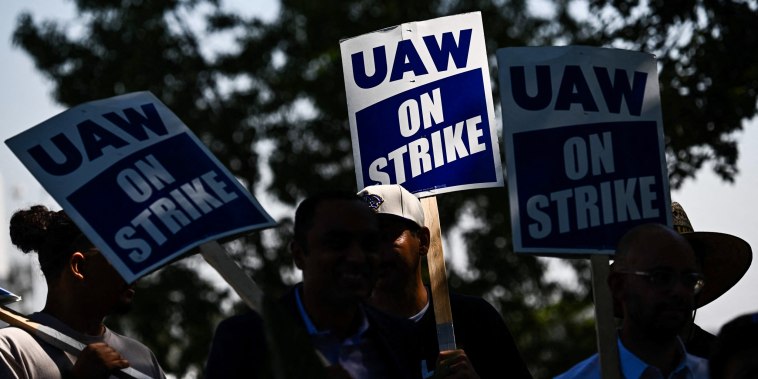In the U.S., labor movements are gaining momentum and activists are wondering what will happen when the dust settles. The last decade has seen a significant increase in the number of workers joining or forming labor unions, as well as an expansion in the scope of labor law. In the face of this movement, industry leaders are deeply concerned about imminent changes to the landscape of labor rights.
The current labor movement has been spurred by several key developments. First, vast numbers of workers are dissatisfied with their working conditions and salaries. Second, after the Great Recession of 2008, the Obama administration championed increased workers rights and wages. Finally, companies are now under a spotlight due to the #MeToo movement and need to ensure that their working environment is equitable and safe.
Questions remain about how the current labor unrest will affect businesses. One worry is pressure on firms to raise wages, which could shrink profit margins and reduce job opportunities. Additionally, increased unionization of workers could jeopardize industries that rely on flexibility and creativity in order to stay competitive. Many industries, such as retailers, restaurants, healthcare, and hospitality, could face substantial costs if labor agreements are not managed effectively.
Government intervention in labor matters could also have a significant impact on businesses. For instance, many states have passed legislation to raise their minimum wage. Such laws could put some businesses in financial straits and make them less competitive in global markets. Alternatively, increased government subsidies or regulations making it easier for workers to unionize could level the playing field between large and small businesses.
In the end, the long-term impact of the labor movement remains unclear. It is important that businesses closely watch labor trends and plan their strategies accordingly, in order to remain competitive and profitable in the long run. Firms that respond intelligently to the labor unrest will survive and thrive in the new labor landscape.

